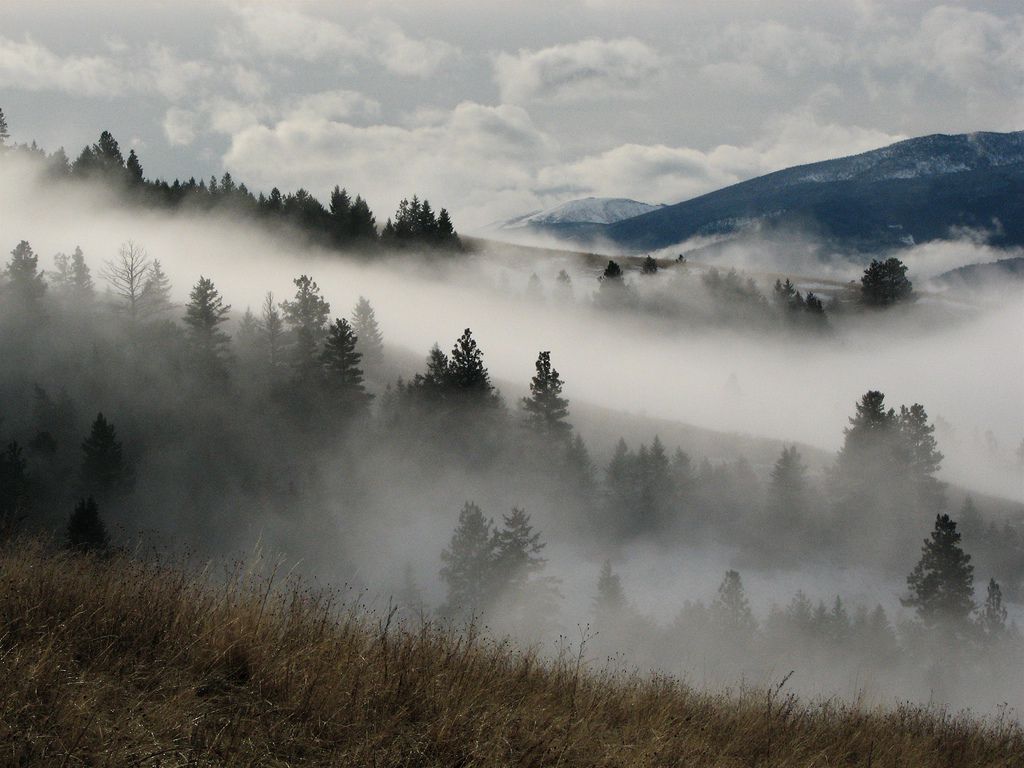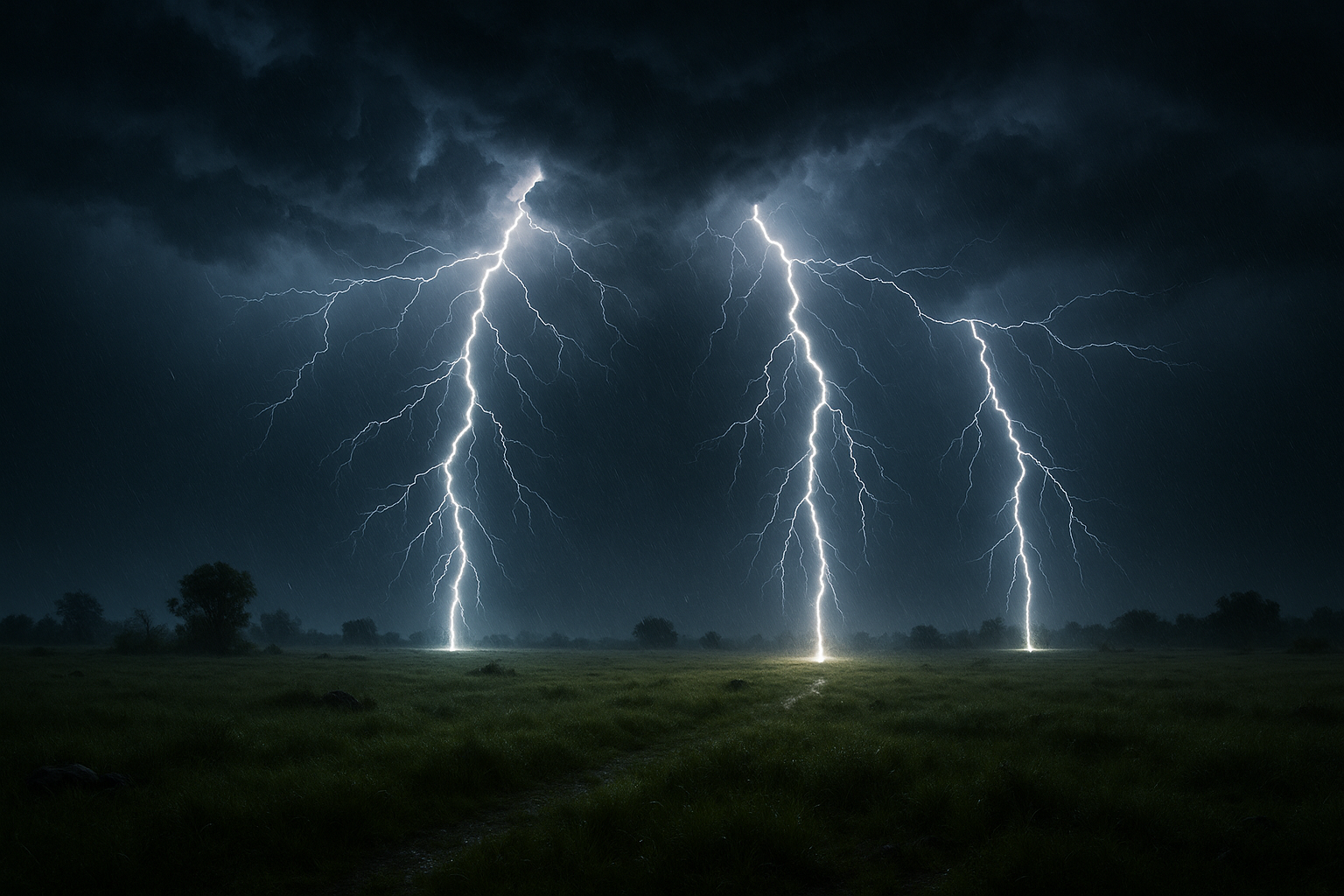In the heart of every forest, beneath the canopy that whispers ancient secrets, lies a force both mesmerizing and mysterious: the raw power of lightning as it strikes towering trees. 🌳⚡️ This natural spectacle, often observed but seldom understood, serves as a powerful reminder of nature’s unpredictable beauty and its profound impact on the ecosystems that surround us. Our journey today delves into this electrifying phenomenon, unraveling the intricate dance between the heavens and the earth, where a single bolt can alter landscapes, nurture new life, or unleash devastating fires. This introduction marks the beginning of a deep exploration into how tree lightning strikes shape our natural world in ways both seen and unseen.
Lightning strikes are more than mere atmospheric discharges; they are catalysts of change in forest ecosystems across the globe. While the initial flash and thunderous clap might suggest chaos, what follows can lead to ecological rebirth. We will explore how these high-voltage events can carve pathways for new species to thrive by opening the forest canopy and allowing sunlight to reach previously shadowed undergrowth. This sudden influx of light encourages biodiversity, fostering an environment where various forms of life can flourish. However, the story of tree lightning strikes does not end with growth alone. We must also consider the scars left behind, as these strikes can weaken tree structures, making them susceptible to pests and diseases, ultimately altering the intricate web of life within a forest.
As we dive deeper, we’ll uncover the dual nature of lightning strikes on trees, where destruction and creation walk hand in hand. In some instances, the fiery aftermath of a strike leads to wildfires, which, although often feared, play a crucial role in maintaining ecological balance. These fires clear out dead and decaying matter, returning vital nutrients to the soil and providing a fresh start for new vegetation. The cycle of destruction and renewal is a testament to nature’s resilience, demonstrating how even the most violent natural events are integral to the health and sustainability of our planet’s ecosystems. Through this lens, we can begin to appreciate the vital role that lightning plays in shaping the landscapes we cherish.
Throughout this article, we will journey through the scientific and ecological ramifications of tree lightning strikes, drawing on expert insights and recent studies. From the initial impact to the long-term effects on biodiversity and forest health, each section will peel back the layers of complexity inherent in this natural process. We’ll also highlight the technological advancements that allow us to better understand and mitigate the risks associated with lightning, ensuring the safety of both human and natural communities. By the end of this exploration, you’ll gain a renewed appreciation for the power of nature and the delicate balance that sustains life on Earth. Join us as we unleash the power of nature and uncover the profound impact of tree lightning strikes.
The Phenomenon of Tree Lightning Strikes
Tree lightning strikes are among the most fascinating yet devastating natural phenomena. When a bolt of lightning, often carrying up to a billion volts, strikes a tree, the impact can be profound, causing immediate and long-lasting effects on the environment. Trees, with their towering structures, act as natural lightning rods, making them susceptible to these electrifying encounters. But what exactly happens when lightning strikes a tree? How does it affect the ecosystem, and what role do these strikes play in nature’s balance?
Lightning strikes trees for various reasons, including their height and composition. Tall trees are more likely to be struck because they provide a convenient path for the electrical discharge to reach the ground. Additionally, the moisture inside trees acts as a conductor for electricity. As the lightning travels through the tree, the sap boils instantly, turning into steam and potentially causing the tree to explode or catch fire. This can lead to forest fires, which, despite their destructive nature, play an essential role in certain ecosystems by clearing out old growth and making way for new life.
The effects of a lightning strike on a tree can vary significantly depending on several factors, such as the tree’s species, age, and health. Some trees might survive the strike with minimal damage, while others could suffer from shattered branches or even complete destruction. In some cases, the strike may only affect the tree superficially, creating a scar known as a “lightning scar” that can serve as a habitat for insects and small animals. These scars can also act as entry points for pathogens, potentially leading to the tree’s slow demise over time.
Impact on the Ecosystem
The impact of tree lightning strikes extends beyond the individual tree, affecting the entire ecosystem. When a tree is damaged or destroyed, it can alter the habitat of numerous species. Birds, insects, and mammals that rely on the tree for food or shelter may be forced to relocate, affecting their survival and the broader food web. Additionally, the decomposition of a struck tree can enrich the soil with nutrients, fostering new growth and promoting biodiversity.
Interestingly, lightning strikes can also lead to increased forest diversity. In a dense forest, a lightning strike can create an opening in the canopy, allowing sunlight to reach the forest floor and promoting the growth of understory plants. This process can lead to greater plant diversity, as new species take advantage of the available resources. Moreover, the clearing created by a lightning strike can serve as a natural firebreak, potentially stopping the spread of larger forest fires.
While tree lightning strikes can have devastating effects, they also play a vital role in maintaining the health and balance of ecosystems. They contribute to the natural cycle of disturbance and recovery, ensuring that forests remain dynamic and resilient. By understanding the impact of these strikes, we can better appreciate the complex interactions that shape our natural world.
Understanding the Science Behind Lightning Strikes
Lightning is a natural electrical discharge that occurs when there is a build-up of static electricity in the atmosphere. This usually happens during thunderstorms when warm, moist air rises and cools, creating ice particles that collide and generate an electrical charge. When the electrical potential difference between the cloud and the ground becomes too great, a bolt of lightning is unleashed, seeking the path of least resistance.
Trees often become targets for lightning strikes due to their height and moisture content. The electrical charge from the lightning bolt seeks a path to the ground, and the tall, moist structure of a tree provides an ideal conduit. As the current passes through the tree, it can cause severe damage. The intense heat from the lightning can instantly vaporize the moisture inside the tree, leading to steam explosions that can split or shatter the tree’s trunk.
In addition to the physical damage, the electrical charge from a lightning strike can disrupt the tree’s internal systems. The strike can interfere with the flow of nutrients and water within the tree, weakening its structure and making it more susceptible to diseases and pests. Over time, this can lead to the tree’s decline and eventual death, impacting the surrounding ecosystem.
Protective Measures and Technologies
To mitigate the impact of lightning strikes on trees, especially in urban areas or valuable forests, several protective measures and technologies have been developed. One common method is the installation of lightning rods or conductors. These devices provide a controlled path for the lightning to reach the ground, minimizing damage to the tree. Properly installed lightning protection systems can significantly reduce the risk of fires and structural damage.
Additionally, maintaining the health of trees is crucial in minimizing the effects of lightning strikes. Healthy trees are more likely to survive a strike with minimal damage compared to stressed or weakened trees. Regular pruning, adequate watering, and pest management can help ensure that trees remain robust and resilient.
Advancements in technology have also led to the development of early warning systems that can predict lightning strikes. These systems use data from weather satellites and ground-based sensors to monitor atmospheric conditions and provide alerts when lightning is likely to occur. By having this information, forest managers and urban planners can take proactive measures to protect trees and reduce the risk of fires and other damage.
Case Studies: Lightning Strikes and Their Aftermath
Throughout history, there have been numerous instances where lightning strikes have had significant impacts on landscapes and communities. These case studies provide valuable insights into the power of nature and the resilience of ecosystems.
One notable example is the 1988 Yellowstone fires. While these fires were primarily started by human activity, lightning strikes also played a role in igniting some of the blazes. The fires burned nearly 800,000 acres of forest, leading to extensive ecological and economic impacts. However, in the years following the fires, the affected areas have shown remarkable recovery, with new growth and increased biodiversity. The fires, despite their immediate devastation, ultimately contributed to the long-term health and diversity of the forest ecosystem.
In another case, a single lightning strike in 2012 sparked the Waldo Canyon Fire in Colorado. This fire burned over 18,000 acres and destroyed hundreds of homes. The aftermath of the fire highlighted the importance of fire management and community preparedness in mitigating the impact of natural disasters. Efforts to restore the affected areas have focused on replanting native vegetation and implementing firebreaks to prevent future fires.
The Role of Lightning Strikes in Climate Change
As climate change continues to affect weather patterns, the frequency and intensity of lightning strikes are expected to increase. Warmer temperatures and changing precipitation patterns can lead to more frequent thunderstorms, creating conditions conducive to lightning. This increase in lightning activity could have significant implications for ecosystems and human communities.
On one hand, increased lightning activity could lead to more frequent fires, which can contribute to the release of carbon dioxide and other greenhouse gases into the atmosphere. On the other hand, these fires can also promote new growth and carbon sequestration in the long term. Understanding the complex relationship between lightning strikes and climate change is essential for developing effective strategies to manage their impact.
| Factor | Impact on Lightning Strikes |
|---|---|
| Tree Height | Higher likelihood of being struck due to proximity to clouds |
| Moisture Content | Increases conductivity, making trees more likely targets |
| Species | Some species are more resilient to strikes |
| Climate Change | May increase frequency and intensity of strikes |
Check out the following video for an in-depth look at how lightning affects trees: “The Science of Lightning Strikes” – National Geographic
- Understand the impact of lightning strikes on trees and ecosystems.
- Learn about protective measures to minimize damage from strikes.
- Explore case studies and their ecological implications.
- Consider the potential effects of climate change on lightning activity.

Conclusion
Conclusion: Unleashing Nature’s Power: The Impact of Tree Lightning Strikes
In this article, we’ve journeyed through the fascinating and sometimes perilous world of tree lightning strikes, delving into their causes, effects, and broader implications. As we unraveled the intricate dance between trees and lightning, we discovered a rich tapestry of ecological and environmental dynamics, alongside the historical and cultural significance of these powerful natural events.
Lightning strikes are a formidable force of nature, capable of immense destruction yet vital to the ecological balance. These strikes are a key player in the natural cycle, influencing forest dynamics by determining which trees thrive and which do not. Through the lens of science, we explored how lightning strikes contribute to forest regeneration and biodiversity, sometimes sparking new life in their wake. 🌿
Technologically, we’ve examined the advancement in lightning detection and protection methods, which play a crucial role in safeguarding our forests and urban environments. The development of early warning systems and lightning rods are instrumental in minimizing damage, preserving both natural landscapes and human-made structures. The continuous evolution of this technology underscores the importance of ongoing research and innovation in mitigating the impact of lightning strikes.
Culturally, lightning has always held a significant place in human society, symbolizing power and divine intervention across various civilizations. From ancient mythologies to modern literature, lightning strikes continue to captivate our imagination, reminding us of nature’s raw and unpredictable power. This cultural perspective enriches our understanding, offering a deeper appreciation of how lightning influences both our environment and our psyche.
As we reflect on the ecological, technological, and cultural dimensions of tree lightning strikes, it’s crucial to acknowledge the broader implications for environmental conservation and climate change. The interaction between trees and lightning is likely to shift as global temperatures rise and weather patterns become more erratic. This makes it imperative for us to continue monitoring and studying these phenomena, ensuring we can adapt and respond to changing conditions effectively.
We must also recognize the role each of us plays in supporting environmental conservation efforts. Whether it’s through engaging in reforestation projects, advocating for sustainable land management practices, or simply raising awareness about the impacts of climate change, every action counts. By understanding and respecting the natural processes that govern our world, we can work towards a more harmonious coexistence with nature.
In conclusion, the impact of tree lightning strikes extends far beyond the immediate aftermath of a storm. It touches on critical aspects of ecology, technology, and culture, offering valuable insights into the interconnectedness of our natural world. As we continue to uncover the mysteries of lightning, let’s use this knowledge to inspire action and foster a deeper appreciation for the wonders of nature. 🌍
We invite you, dear reader, to share your thoughts and experiences related to tree lightning strikes. Have you ever witnessed a strike firsthand? How do you perceive its role in your local environment? We encourage you to comment below, share this article with friends and family, and apply what you’ve learned in meaningful ways. Together, we can harness the power of knowledge to protect and cherish our planet.
For further reading on the subject, you can explore resources from credible organizations like the and the World Meteorological Organization. These platforms offer a wealth of information on lightning safety, research, and global weather patterns.
Thank you for joining us on this enlightening exploration. Let’s continue to embrace the awe-inspiring forces of nature and work towards a sustainable future for generations to come. ⚡🌳
Toni Santos is a visual storyteller and artisan whose creations celebrate the poetry of the natural world. Through his thoughtful artistic lens, Toni captures the elegance of botanical forms, transforming them into meaningful expressions of symbolism, resilience, and timeless beauty.
His journey is deeply rooted in a passion for flora and the mysteries they carry. From the shape of a petal to the curve of a vine, each design Toni brings to life reflects a deeper narrative — one of growth, transformation, and harmony with nature. Whether crafting symbolic floral jewelry, enchanted botanical illustrations, or seasonal visual studies, Toni’s work evokes the quiet magic found in Earth’s most delicate details.
With a background in handcrafted artistry and visual design, Toni blends technique with intention. His creations do more than decorate — they speak, often inspired by ancient meanings behind flowers, the cycles of the seasons, and the invisible bonds between nature and spirit.
As the creative voice behind Vizovex, Toni shares this botanical journey with the world, offering curated stories, handcrafted collections, and thoughtful articles that help others reconnect with nature’s symbolism and artistic essence.
His work is a tribute to:
The quiet power of flowers and their messages
The art of visual symbolism in everyday life
The beauty of slowing down to see what’s hidden in plain sight
Whether you’re an artist, a nature lover, or someone drawn to the deeper meanings behind the natural world, Toni welcomes you to explore a space where aesthetics meet soul — one petal, one story, one creation at a time.





